BARK partners with shelters, rescues and non-profits to help support their efforts in many ways. Want to get your local shelter or rescue involved? Have one of their representatives visit www.barkbox.com/lendapaw to learn more!
There are a ton of misconceptions that revolve around working or volunteering at a shelter. While it’s super fun to snuggle all the pups, it can also be emotional and difficult at times to work with animals in need. Shelter volunteers set the record straight about what they want you to know about the rewarding experience of working at a shelter.
1. Adopt, don’t shop.
This isn’t just our clever catchphrase. Unfortunately, there are thousands of dogs in animal shelters who were abandoned or left to fend for themselves. If every person who was looking for a dog went to a shelter to adopt instead of shopping at a pet store (where a lot of dogs come from puppy mills with horrible conditions) then these numbers would significantly decrease.
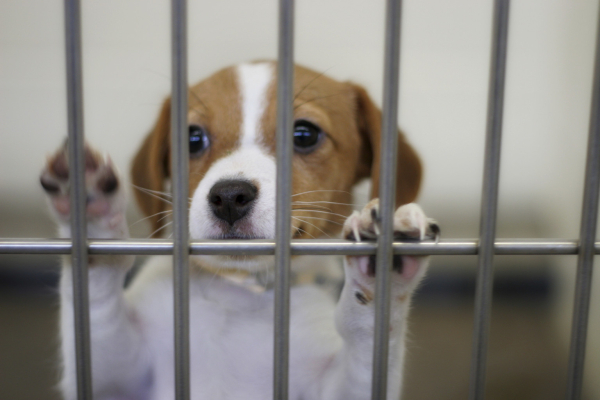

2. Without a good core of volunteers, a shelter cannot make it.
Shelters are non-profit. This means they are based entirely on donations of both time and money. No shelter can afford to hire full-time staff to care for and walk every single animal, and that is where volunteers step in. Volunteers are able to socialize the animals, spend time with them, walk them, and even help clean their cages or feed them.
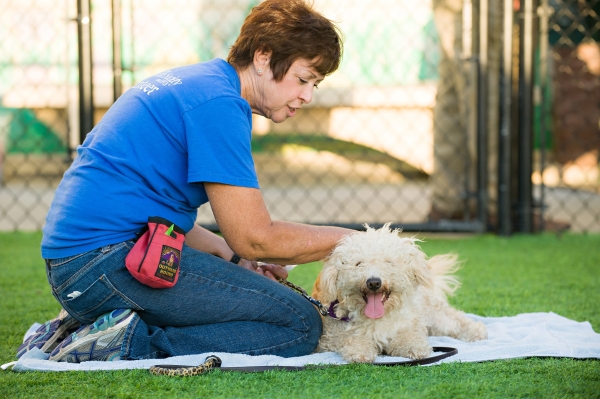

3. Staff members are just as important as the volunteers!
The few full-time or part-time staff members are just as important as the volunteers! These are truly people with the kindest of hearts. They spend countless hours devoting their time to the animals at the shelter, usually with very little pay. Shelter workers are usually the ones medicating the dogs, cleaning their cages, and doing all the difficult behind-the-scenes stuff.
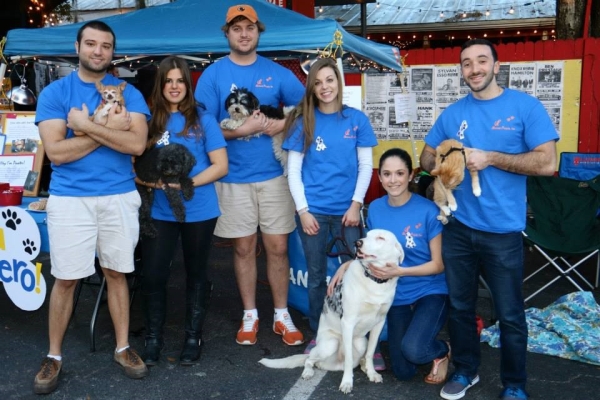

4. Shelter animals are not broken or damaged.
This is one of the worst misconceptions that people have about shelters. The animals that come from shelters were usually thrown out by their owners, sometimes abused, or sometimes lived their lives as a stray. This doesn’t mean they aren’t great animals! I like to think that all of the hardships that these animals have faced leave them that much more vulnerable to falling in love with a new family or owner. That’s why shelter animals are such soulful, sweet, creatures.


5. It is extremely difficult when an animal that you love gets adopted.
There are so many happy and sad tears when an animal that you have bonded and worked with at a shelter gets adopted. Seeing that animal run from your arms into the arms of their new owner is one of the most bittersweet experiences. However, we are constantly reassured that we have helped that animal to a happier life, especially when their new human sends us photos of them being goofy at their new home!
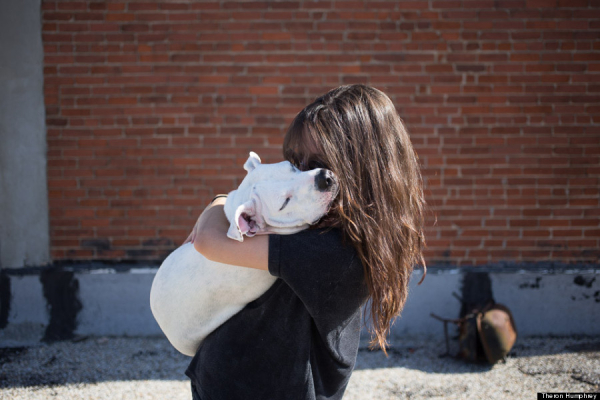

6. You quickly realize you couldn’t possibly take them all home, so you focus all your time on finding them a family.
This is one of the quickest things that you must learn as a volunteer or staff member at a shelter. There is simply no way that you could take every single animal home, no matter how sweet they are. The determination to find a perfect family stems from that fact.


7. Volunteering isn’t just great for the animals.
I like to think of volunteering as the best possible kind of addiction. Sometimes I expect to be at the shelter for just an hour, and soon realize that four hours have passed, I have a serious sunburn working, and I’m covered in 10 different dog’s hair. But at the same time, I am also the happiest I’ve been all week. This is our therapy.
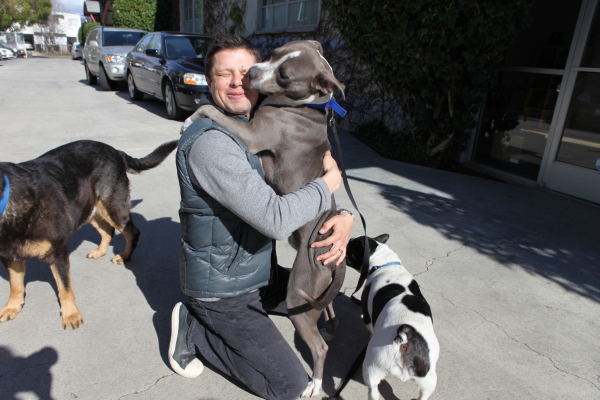

8. The huge difference that spaying/neutering your pets makes.
Those who work at shelters are desperately trying to spread the word about spaying and neutering pets. There is nothing worse than finding a box full of puppies on the side of the road or tied up somewhere. While they’re adorable, it’s usually a result of someone’s dog getting pregnant, and they don’t want to care for the puppies. It’s so easy to spay or neuter your dog and it can seriously help the overcrowding of shelters.


[bp_related_article]
9. When you bring an animal to a shelter, you are surrendering, NOT donating.
Shelter workers hear this all the time – “I’d like to donate my puppy!” A shelter is not a puppy drive, like a food drive. We aren’t looking for more dogs because there is a shortage. You are surrendering your dog to a life behind bars that could make or break his spirit. That is why it’s so important to think before you get a dog!
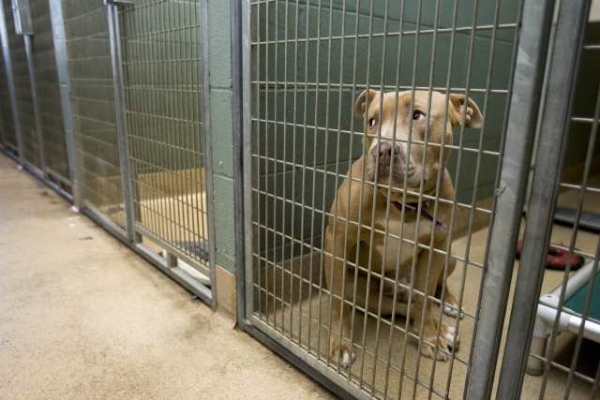

10. Every day is a struggle to find the perfect home for the animals.
This is a common problem in shelters. While there are plenty of people who stop through asking for puppies and saying they want a dog, applications and home checks are necessary to make sure that the animal isn’t going to end up on the streets or in another shelter in the future. It’s a terrible enough experience for them the first time!
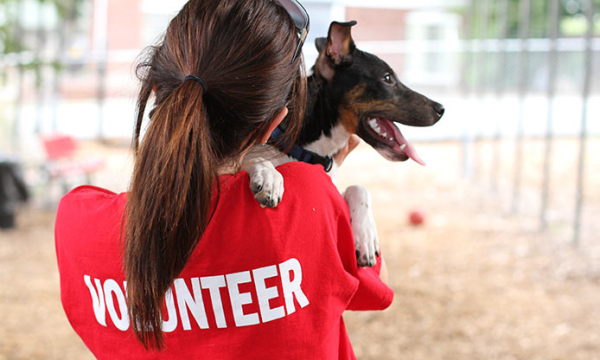

11. You are constantly reminded of the cruelty that people put animals through.
This is probably the most difficult thing about working or volunteering at a shelter. When an abused, hurt, or sick dog is surrendered to the shelter, it hurts my heart. After a little while of feeling sad, anger takes over. I am constantly questioning humanity and how humans could do these things to innocent animals.
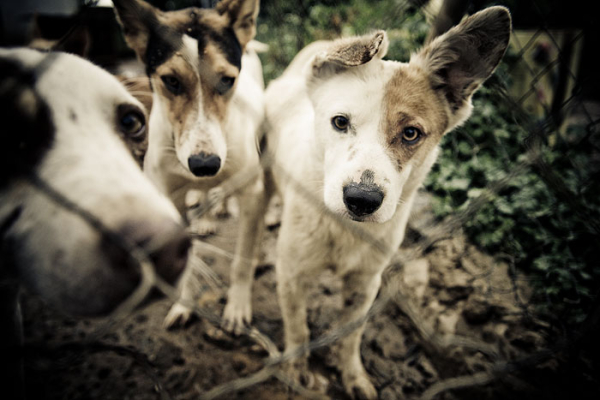

12. But you are also reminded of the beautiful work that people can do when they come together.
While seeing this cruelty and neglect is painful, it’s also the medicine that keeps us going. A shelter is like a well-oiled machine. On any given day you can walk through a shelter and see everyone tending to their duties – volunteers walking the dogs, staff members cleaning their cages, doing laundry, and feeding them.
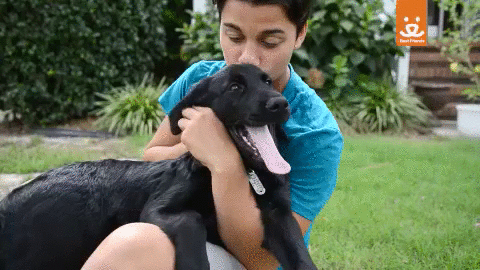

13. Shelters are typically non-profit. This means they run solely on donations.
Adoption fees are not price tags! They are the fees that help pay for food, surgeries, vet care, grooming, and so many other things that keep a shelter running.


14. Shelters are not horrible, scary places.
Often times they are filled with hope, and some of the best people you’ll ever meet. Shelters are sometimes cleaner than people’s own homes with all of the work that goes in to keeping the kennels sanitary and comfortable for the dogs.
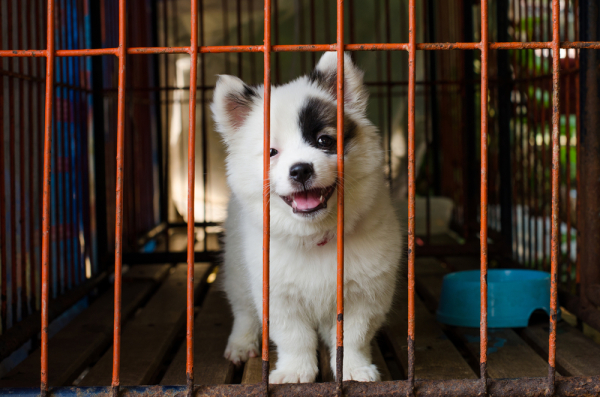

15. It is important to obey the signs and listen to the staff. They know the animals best.
If a sign says “staff only,” it’s important to not to go up to that cage without a staff member. At most shelters, you have to sign some forms before seeing the animals. This is a safety precaution. Know that the staff are only trying to make the experience the best for both you and the animal that you are interested in.
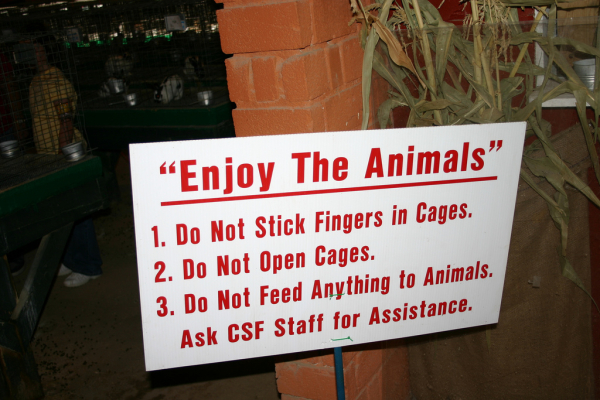

16. Seeing an animal make a big change in their health and behavior is unlike any other feeling in the world.
We watch their wounds heal. We see a dog go from cowering at the back of his kennel, to coming right up to the gate with their tail wagging, begging you to take them out to play. We watch a dog who used to bare his teeth at other dogs, play peacefully with another four-legged friend. These transformations will never stop amazing me!
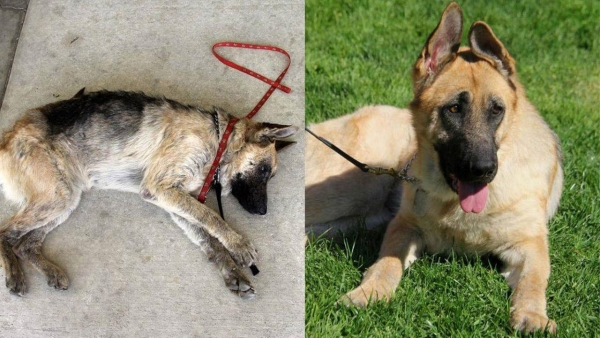

Looking to make a difference right now? Use code BARKGIVES on BarkBox.com for 50% off your first box on any 6 or 12 month plan PLUS we’ll donate $10 to our rescue partners with every redemption!






